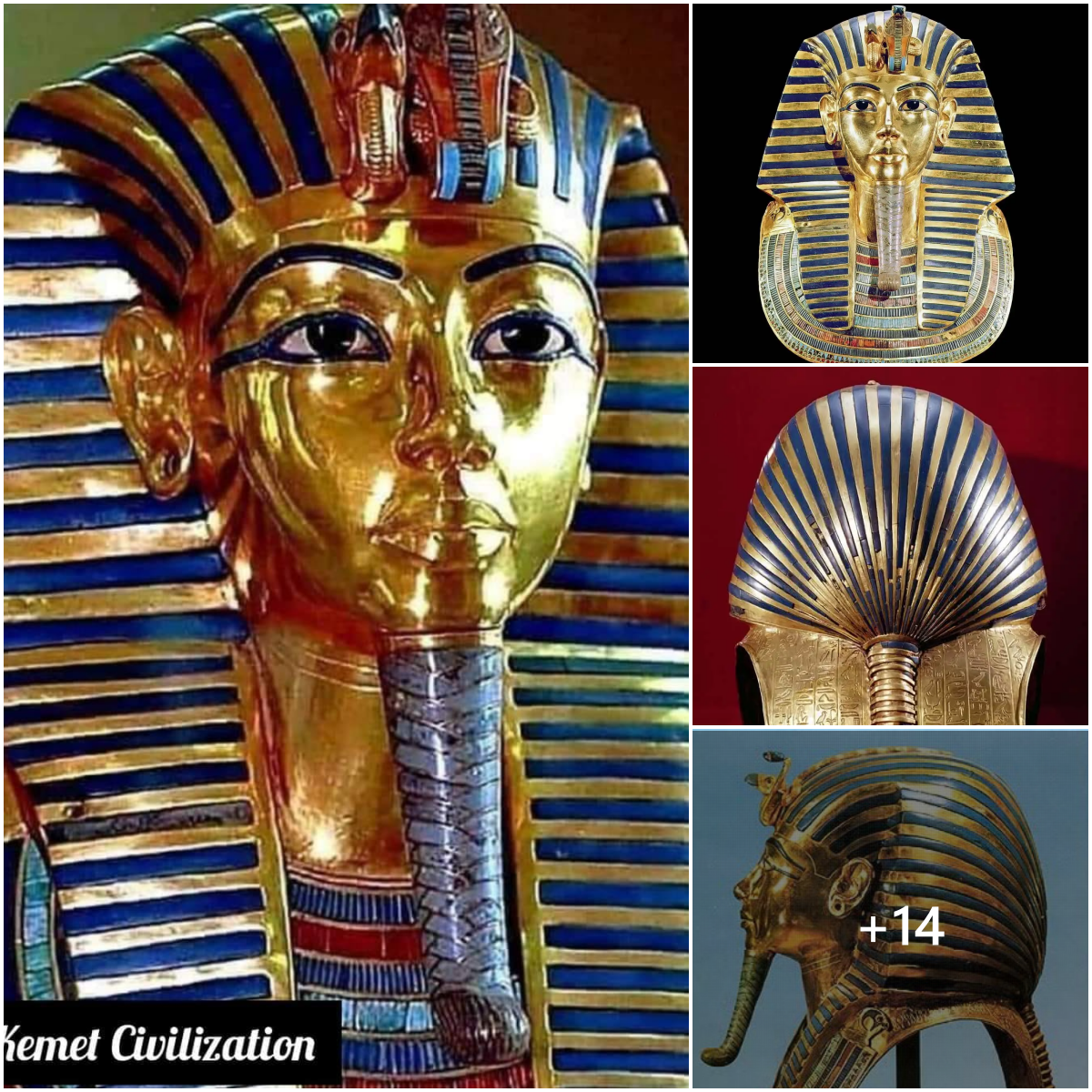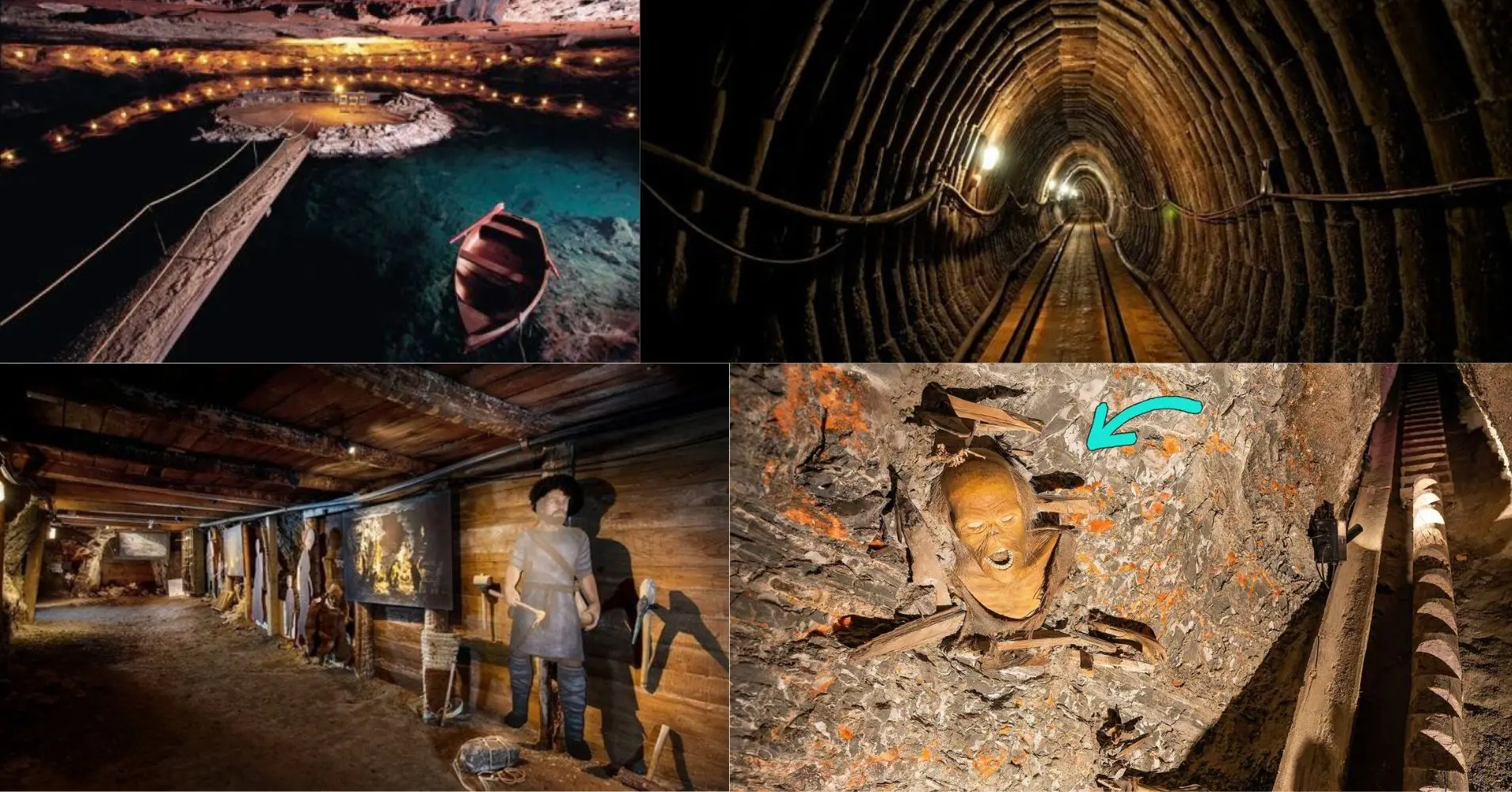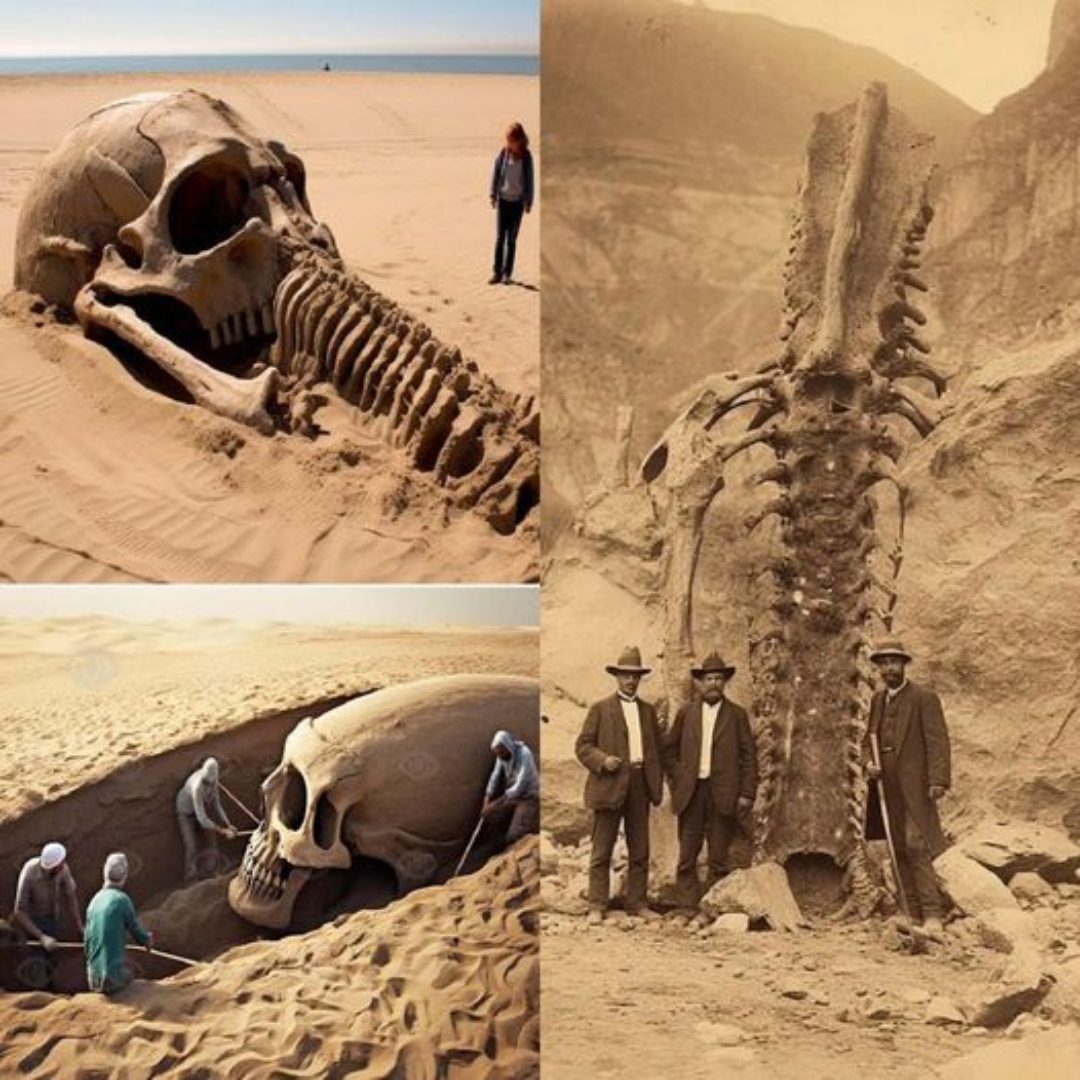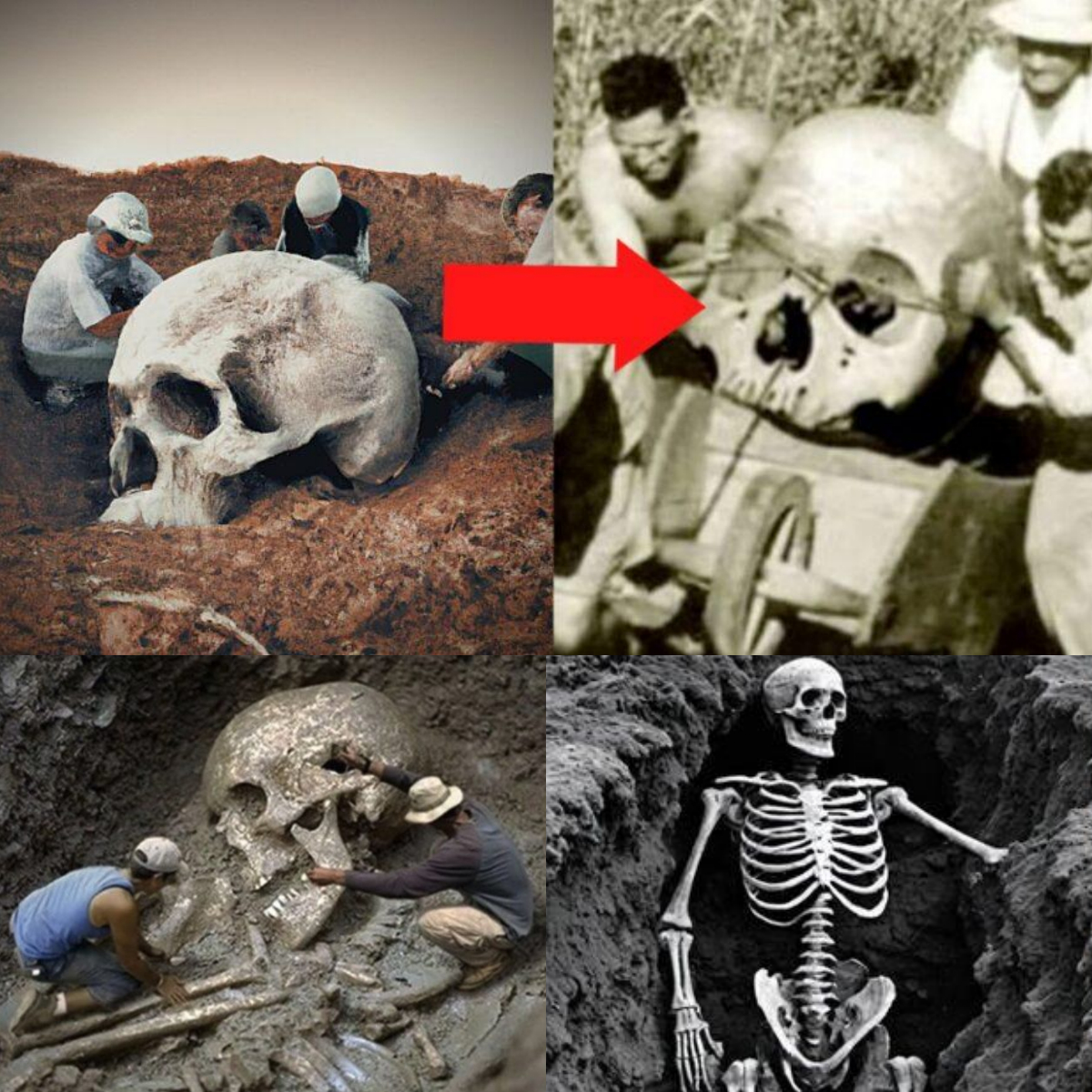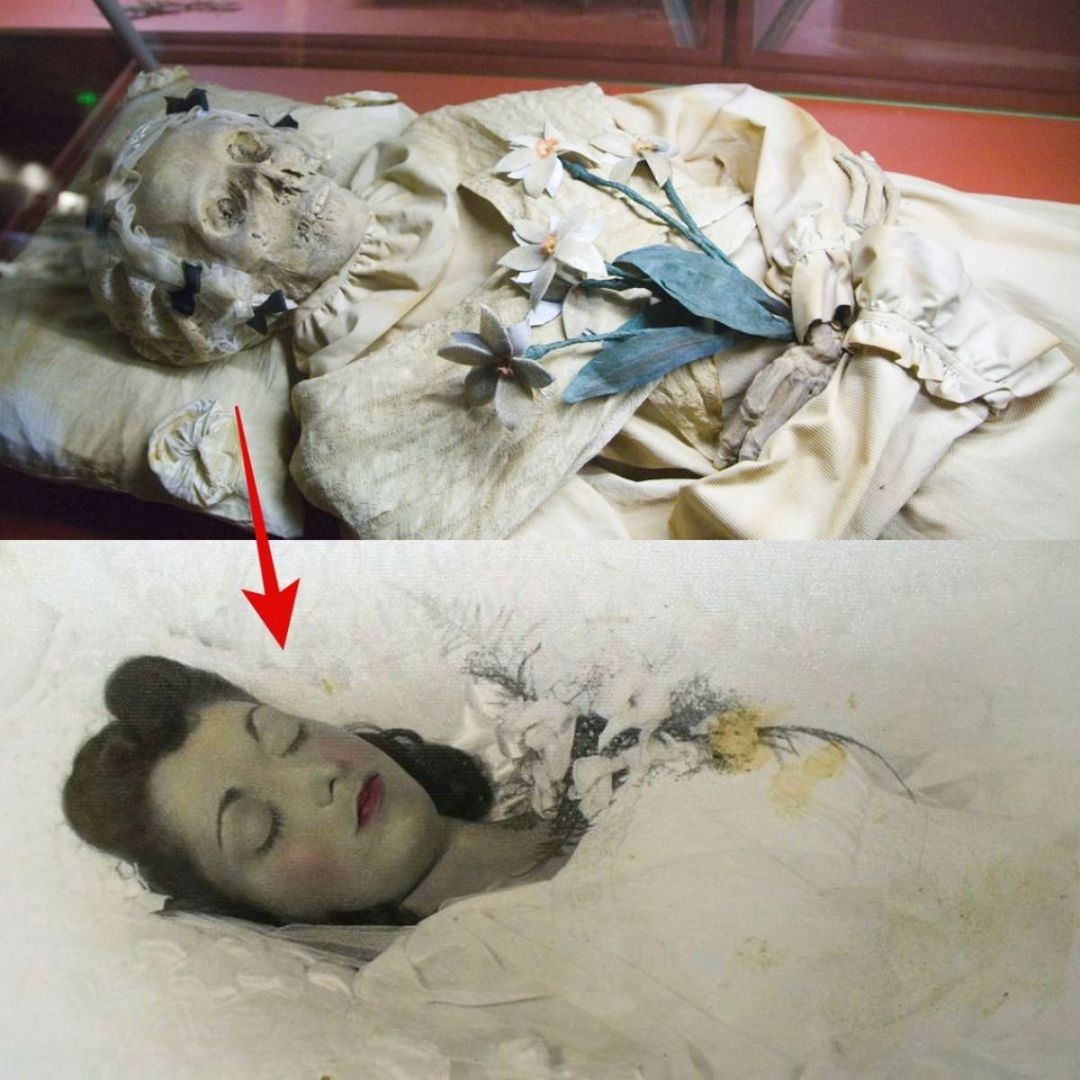Parietal art — an umbrella term for different types of prehistoric artwork, including cave paintings, rock carvings, and sculptures — enables us to see the world through the eyes of our ancestors. The creative traces of their existence did not fossilize by accident, like the citizens of Pompeii, whose buildings and bodies were frozen in time by the ashes of Mount Vesuvius. Ancient art was left behind, presumably, so future generations could see it.
Commonly called “cave art,” parietal art helps scientists better understand the evolution of our genus and map out its position on the hominin family tree. Once our ancestors acquired opposable thumbs that allowed them to manipulate tools, creating art was one of the next major steps in our evolutionary and cultural development. But interestingly, early humans were not the only hominin species that created ancient art.
In 2018, archaeologists in Spain unearthed a painting that turned out to have been made by a Neanderthal. The painting, colored red and partly shaped like a ladder, was found near a rock shelter in Spain. Uranium-thorium dated at 64,000 years, it briefly reigned as the oldest piece of cave art ever discovered. Until now.
A team of Chinese researchers has discovered cave art that estimated to be between 169,000 and 226,000 years old — far predating the Neanderthal artist. It was discovered, of all places, in the perilous mountains of Tibet — but not in a cave.
The first artists in our genus
The artwork — a series of deliberately arranged hand and footprints — was recovered from a hot spring at Quesang, a village located on the Tibetan Plateau at an altitude of 4,269 meters above sea level and far removed from the formations in Spain and France, where most prehistoric art is found. The imprints mark the oldest evidence of human settlement on the Tibetan Plateau. They were originally spotted by a local resident in the 1980s, but did not get excavated and analyzed until 2020.
Based on the size and shape of the imprints, researchers inferred that they couldn’t have been made by adults, making this one of few pieces of parietal art that is believed to have been produced by children. “This remarkable discovery adds to the body of research that identifies children as some of the earliest artists within the genus Homo,” the archeologists wrote in an article published in Science Bulletin, alluding to previous finds of prehistoric child art, like those found in Dordogne.

Ichnological traces at Quesang in Tibet. (Credit: Zhang et al., Science Bulletin, 2021.)
The imprints were not immediately recognized as art. First, the researchers had to determine whether the marks were made intentionally. To do so, they compared the Tibetan imprints to footsteps from Italy that were produced by ordinary locomotion. Looking at the shape of the hand and footprints, the pressure that had been applied to these limbs, and the patterns in which they were arranged, the researchers determined that their Tibetan finds were indeed the deliberate creation of a prehistoric artist.
The artwork, which the researchers referred to as a “panel,” consists of four right footprints, a “superimposed” left footprint, and five handprints. On average, the footprints are about 192.26 millimeters long. By comparing the shape and size of the imprints to that of both modern and prehistoric footprints, the researchers determined that they belonged to a child roughly eight years old. Two footprints were shaped differently than the rest; the researchers proposed that the child must have either curled their toes while walking, or the prints were altered at a later time.
Defining cave art
Despite their frequent use of the term “impressions,” the researchers admitted they are not certain whether the shapes were pressed onto soft clay or carved into solid rock. The consistency of the shapes, not to mention the varying pressures that must have been applied, led ichnologists — archaeologists who specialize in the study of trace fossils — to favor the first hypothesis. Still, considering the Tibetan Plateau is littered with ancient yet accurately carved foot motifs made in honor of Buddhist and Muslim prophets, they did not want to jump to conclusions.
Although the unnatural arrangement of the Tibetan imprints strongly suggests they were created intentionally, it is debatable whether they represent art. After all, art is not a scientific definition but an abstract concept — one that has taken on many forms over the course of human culture. Calling on the Greek philosopher Aristotle, who saw art as mimetic and representational, the researchers concluded that their discovery is worthy of the label:
“Our study resulted in two significant discoveries. Firstly, it provides evidence for the earliest known example of parietal art, dating to the middle Pleistocene. This adds to our understanding of the artistic repertoire of archaic hominins. Secondly, it provides evidence for the earliest known occupation of the Tibetan Plateau (…) the evidence from Tibet clearly indicates an even older origin for the parietal art in the world and highlights the central role that hominin children may have played in artistic exploration and creation.”
